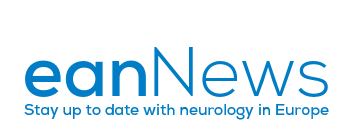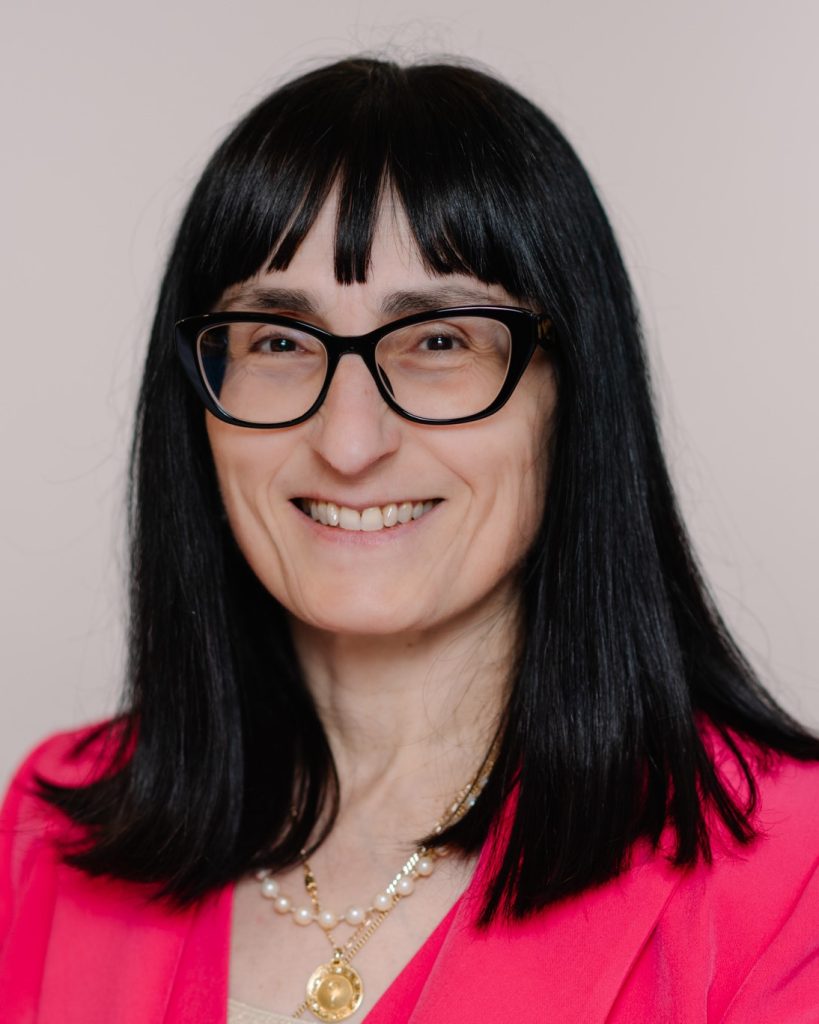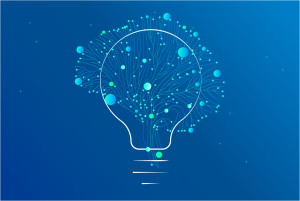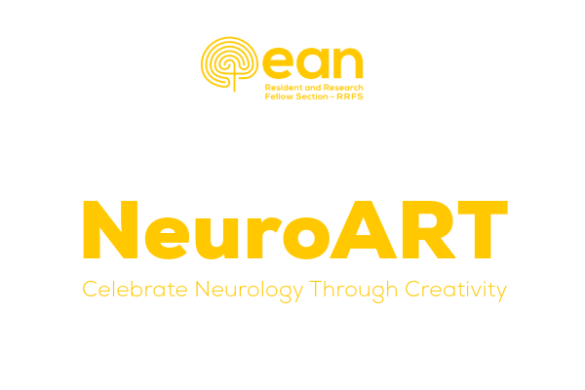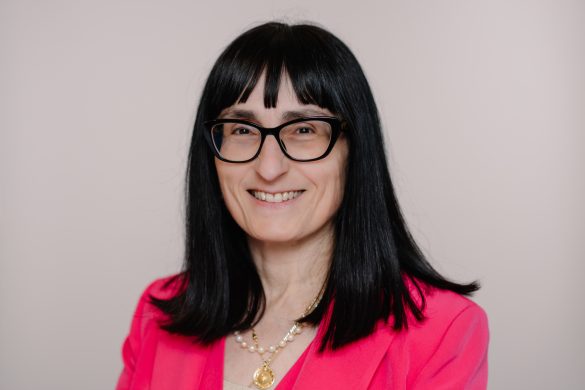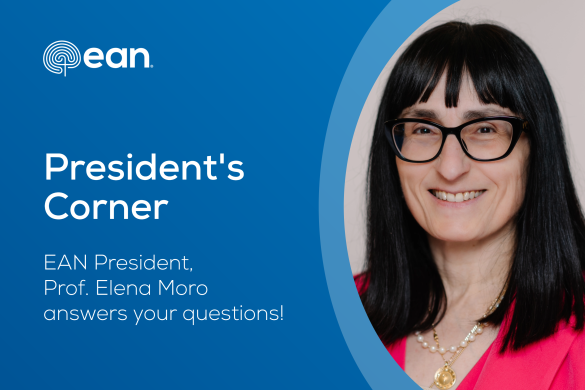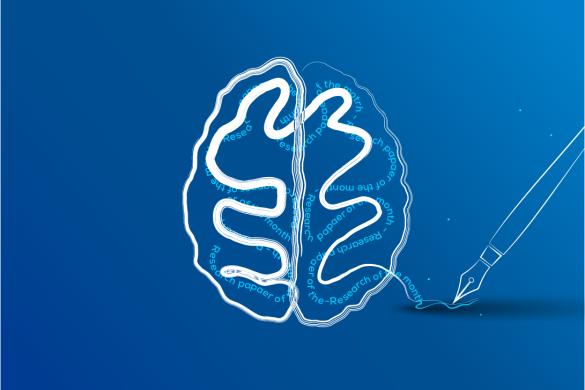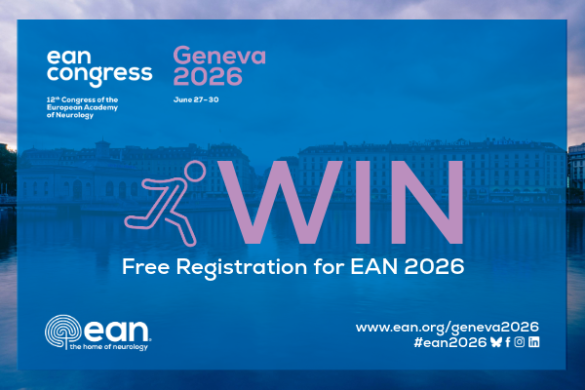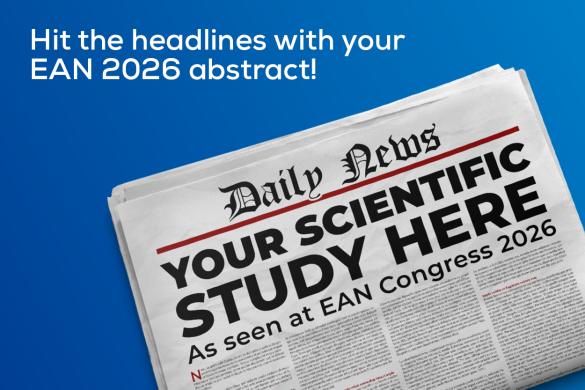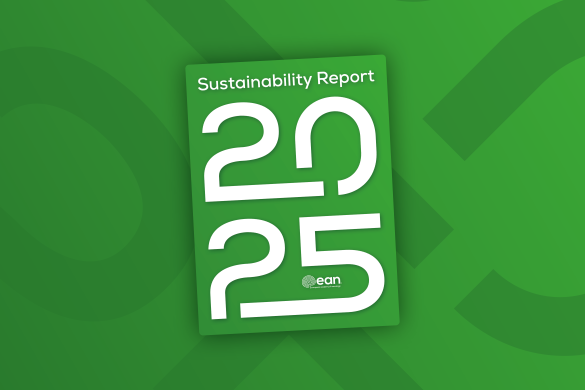Dear EAN members, friends, and colleagues,
Our annual congress is the most important activity of our society, and it vividly reflects the dedication and unity of the European neurology community. Each year, it sends as a strong signal that the passion, diversity, and strength within our field is what drives it forward—and the 11th Congress of the European Academy of Neurology was another powerful example of this.
One of the most encouraging developments in recent years has been the steady growth in participation among younger professionals, who this year constituted more than 50% of total onsite attendance. This fact was clearly evident in Helsinki. Indeed, among the 6,383 onsite attendees whose energy and curiosity helped create an inspiring and dynamic atmosphere, we felt the great enthusiasm and vitality of so many students, residents, fellows, and early-career neurologists.
With the prevalence of neurological disorders continuing to rise (more than 41% according to the latest study), the need for skilled professionals in neurology has never been more urgent. This growing engagement from the next generation is more than just encouraging—it’s essential.
Equally important is our commitment to accessibility and sustainability. The option to participate virtually has become a vital part of our congress, opening the door to those who might otherwise be unable to attend. This year, 1,906 participants joined us online, expanding the reach and impact of our scientific and educational offerings.
For me, it was a great honour to oversee a meeting distinguished by such exceptional scientific quality. This year’s congress featured a remarkable and diverse programme. With contributions from 405 invited speakers and the submitters of 2,152 accepted abstracts, the sessions explored the full breadth of neurology—offering something of value for every attendee, regardless of career stage or subspecialty.
We were privileged to welcome several distinguished guests. Like many of you, I was captivated by John Hardy’s engaging Opening Lecture—a highlight of the meeting. The Named Lectures by Claudio Bassetti, Maria Spillantini, Marina de Koning-Tijssen; the Brain Prize lecture by Haim Sompolinsky; and the first ever Anita Harding Award Lecture, from Catherine Lubetzki, all presented during the Presidential Symposium, were equally inspiring and will surely remain memorable parts of this congress.

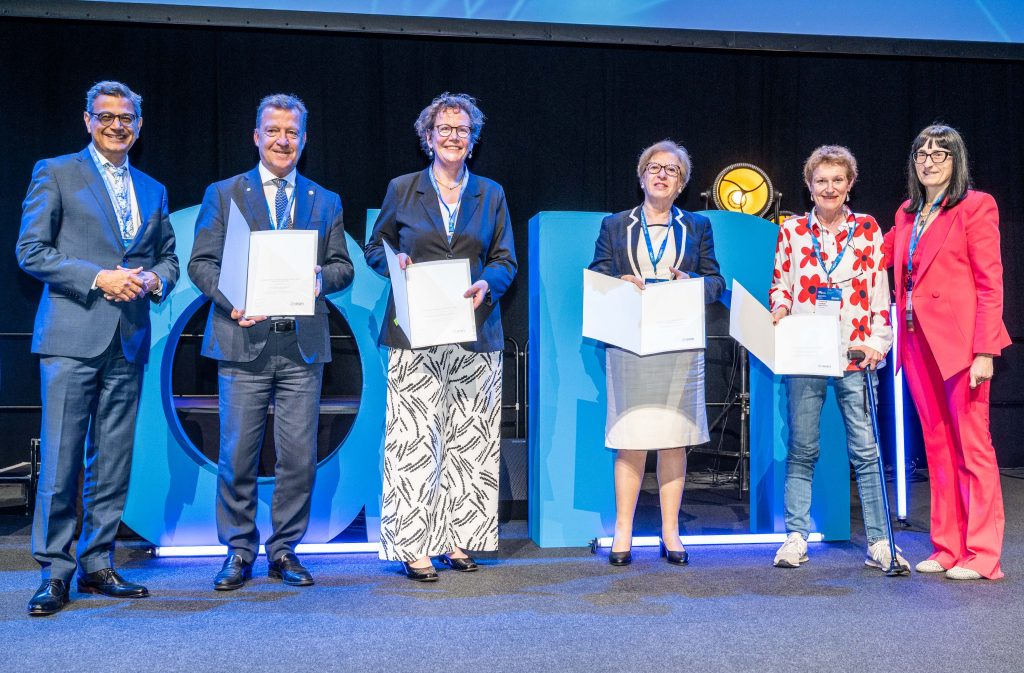
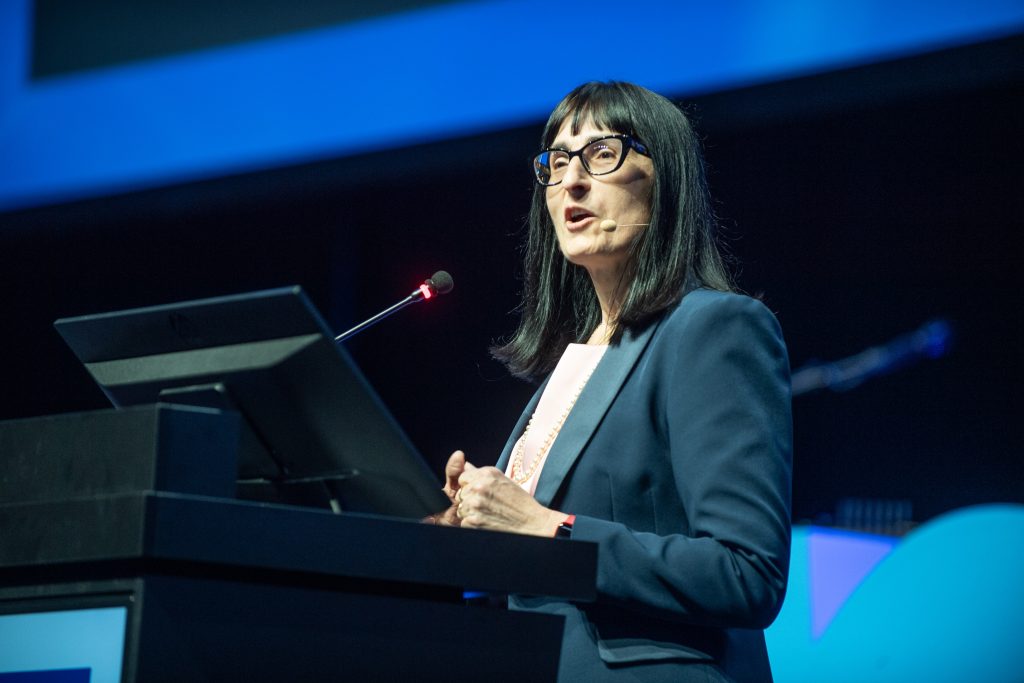
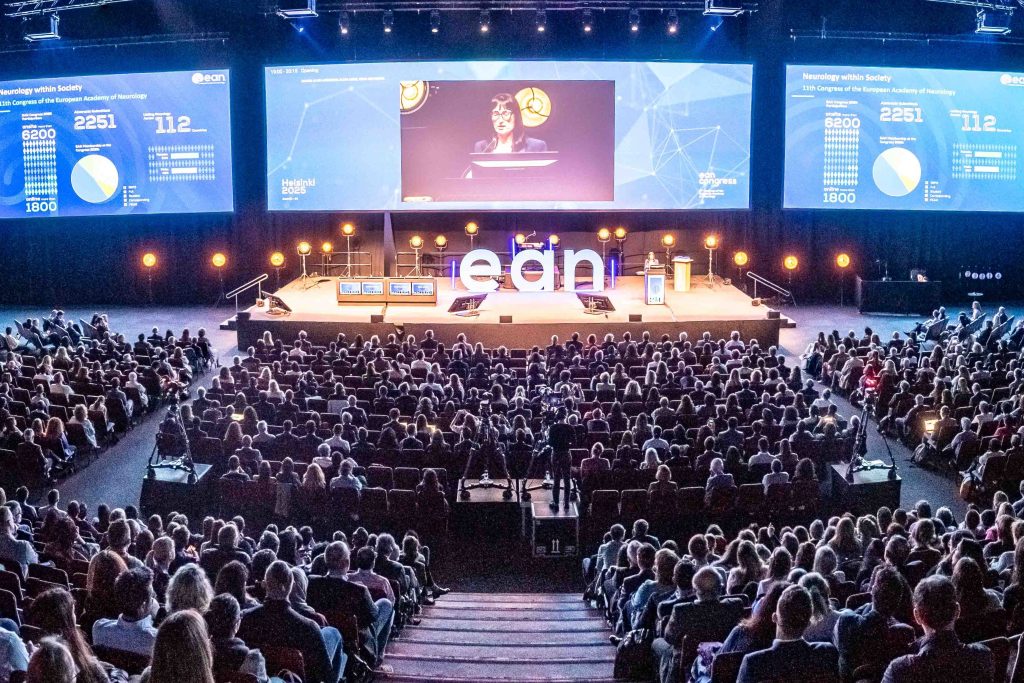
I was also proud to be able to present the prestigious FEAN Lifetime Achievement Award to three outstanding figures in recognition of their exceptional contributions to the field of neurology and their enduring impact on advancing brain health across Europe. Joke Jaarsma, former President of the European Federation of Neurological Associations (EFNA) became the first patient representative to receive this distinction, recognising her exceptional contributions to patient advocacy; Marianne Dieterich, a long-standing pillar of academic excellence and clinical leadership, was honoured for her work in neuro-otology and vestibular research; and Ludwig Kappos, an important figure in multiple sclerosis research, was celebrated for his decades of dedication to neuroimmunology and translational. Their recognition at this year’s congress underscores the importance of dedication to neurological science and advocacy.
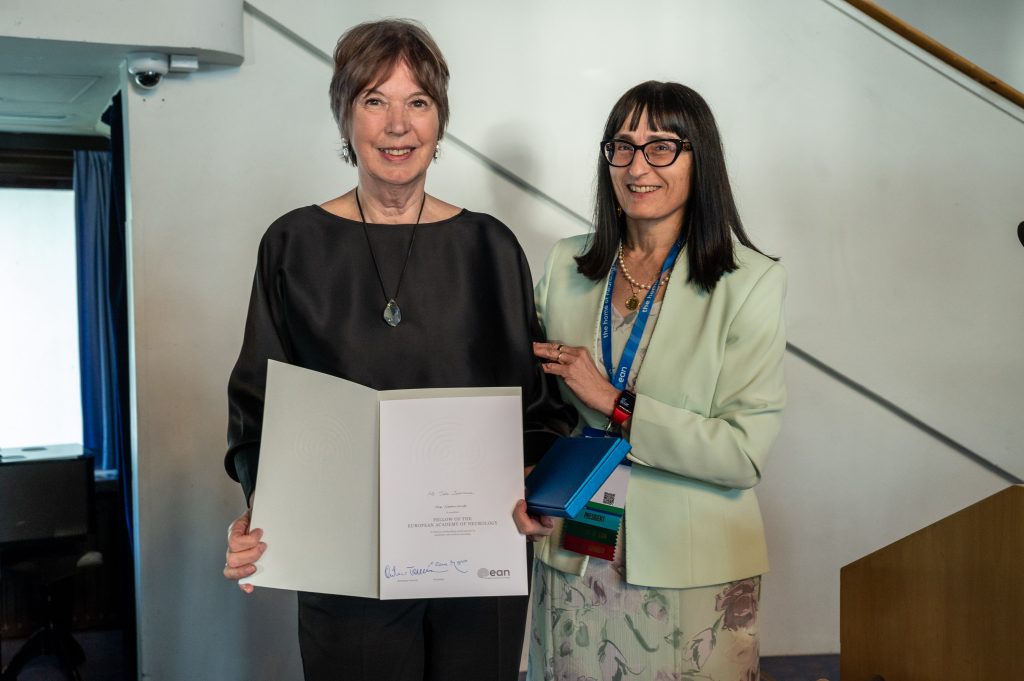
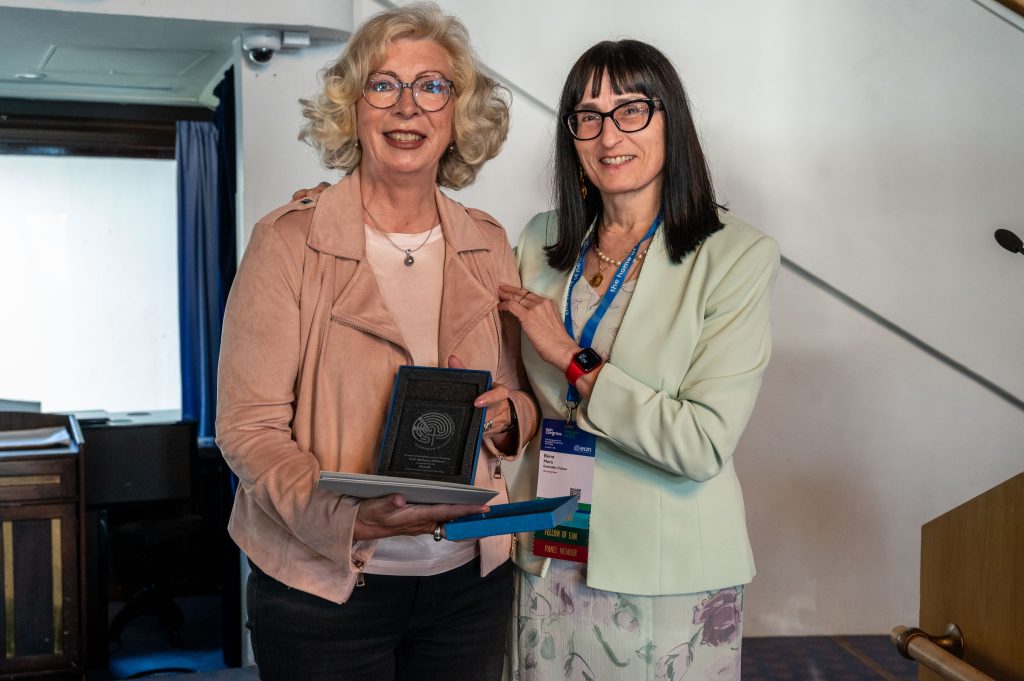
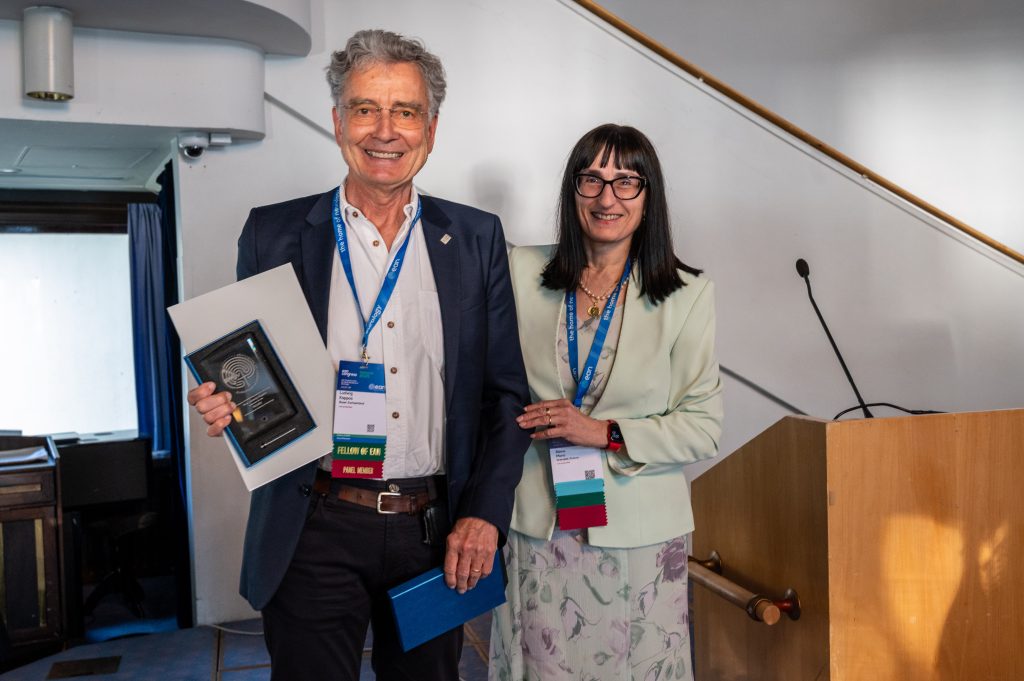
This year also saw the EAN congress host the first Public Brain Health Day, opening our doors to patients, caretakers, healthcare professionals, non-profit representatives, educators, parents, and anyone with an interest in brain health. This special event was designed to bring people together to exchange ideas and unite voices, explore and advance the understanding of brain health in an inclusive environment, and I am delighted that it was a great success. With a programme combining scientific knowledge, public engagement, and practical sessions, the Public Brain Health Day demonstrated the power of accessible science, lived experience and open dialogue. It was a great addition to the EAN Congress 2025 and I look forward to it becoming a new fixture at future EAN congresses.
I would like to extend my heartfelt thanks to Irena Rektorová and the Programme Committee, as well as to Roland Wiest and the Teaching Course sub-Committee for their dedication to shaping the educational agenda. My gratitude also goes to the Scientific Committee, the EAN Scientific Panels and their co-chairs, the Education and Communication Committees, and the Resident & Research Fellows Section. I am also immensely grateful for the expert input from the patient advocates represented on many of the scientific panels and in the Guideline Production Group, for ensuring that the patient perspective remained at the heart of our discussions and future directions. The collective work and commitment from all above were instrumental in delivering a scientific programme and a congress of which we can all be proud.
To our industry partners—your ongoing support, dynamic presence in the exhibition hall, and the excellent sessions you delivered added tremendous value to the event. To the specially convened international Co-Organising Committee, led with great dedication by Pablo Irimia, thank you for your exceptional work in this year’s unusual circumstances.
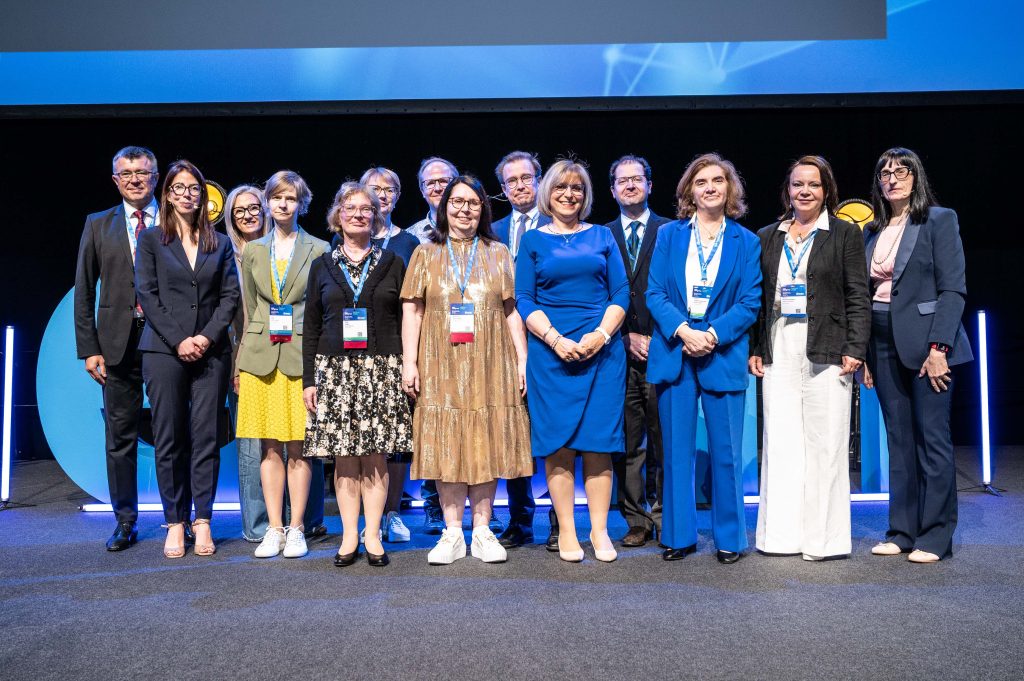
I also want to thank our wonderful EAN Board, and all the staff at the EAN Head Office, who have been actively supporting and working very hard behind the scenes.
Most of all, thank you to every one of our 8,289 registered participants. Whether you presented, listened, discussed, or contributed behind the scenes, your involvement helped shape an event we can all be proud of. Each of you played a vital role in bringing this congress to life. I urge you to take all this treasure home and make it growing in your community
With gratitude for this year’s success, I’m already looking ahead with excitement to our next gathering—EAN 2026 in Geneva, on 27-30 June!
Wishing you all a restful and enjoyable summer ahead.
With best wishes
Elena Moro, EAN President

